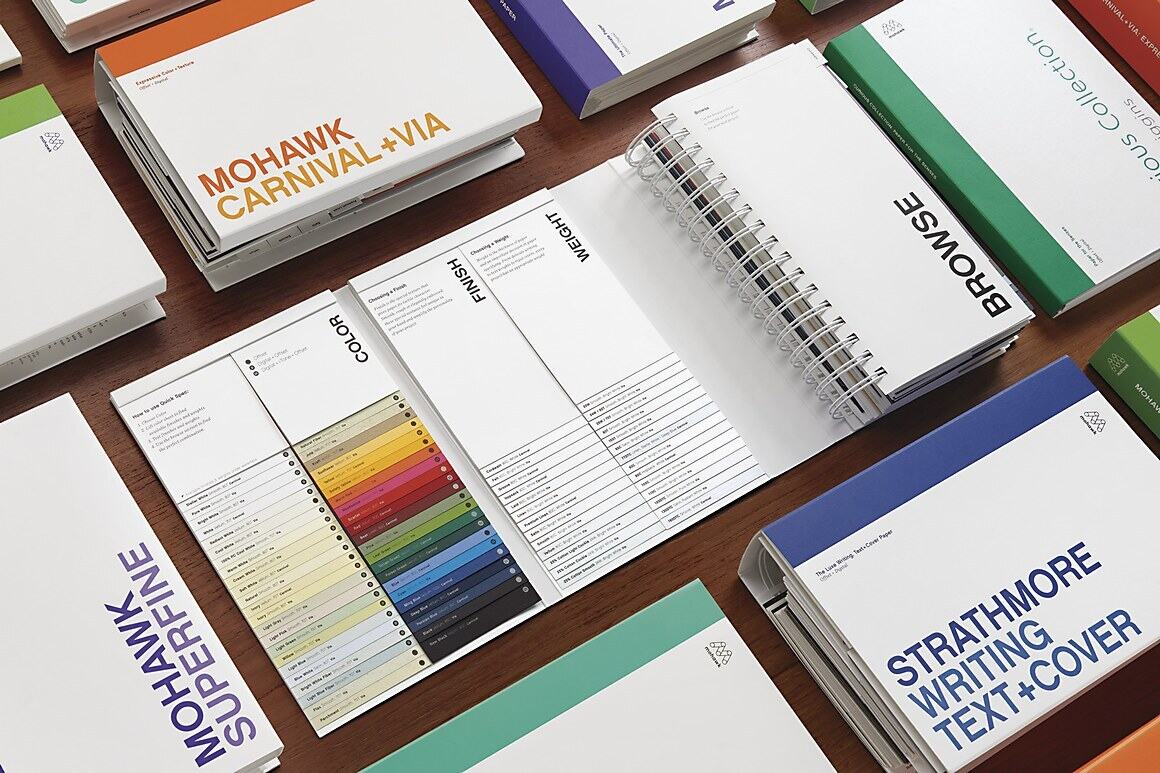Print is Here to Stay

The room is dark but the subtle glow from small digital screens reveals a cluster of young faces, noses buried deep inside laptops, tablets and smart phones. Silence fills the room, except for the occasional buzz of a text, the chime of a social media notification, the clunking of a keyboard.
Among today’s youth, books are back
Despite what you might think, Millennials read…a lot.
In fact, they read more than most every older generation. And they do it even when not required by school or work. A study from the National Endowment of the Arts (NEA) examined the ‘literature’ category, defined by novels, plays, short stories or poems, and found that “43% of 18- to 34-year-olds read literature, outmatched only by 65- to 74-year-olds (at 49%)”.
And in an age of blogs, tweets, e-books and a million other digital means of consuming information, when Americans across all age groups read, they tend to do so by reaching for printed books. Last year, “72% of Americans read a print book, dwarfing the share who read an e-book (35%) or listened to an audiobook (16%)”, according to Forbes.
The rise of print, the fall of e-books
Speaking of e-books, after bursting onto the scene in the late 2000s and enjoying years of steady growth, e-book sales slowed sharply in 2014 and have since plateaued. According the Publishers Association, “sales of consumer e-books plunged 17% in the U.K. in 2016” while “sales of physical books and journals went up by 7% over the same period, and children’s books surged 16%.” It’s a similar story in the U.S, “where e-book sales declined 18.7% over the first nine months of 2016, according to the Association of American Publishers. Paperback sales were up 7.5% over the same period, and hardback sales increased 4.1%” (CNNMoney)
The preference for print over digital is consistent across all youth demographics. In a 2014 Scholastic Press survey of 6- to 17-year-olds, 77% of respondents said the majority of books they read are in print, 65% said they prefer print to electronic books, and nearly two-thirds (65%) said they’ll “always want to read books in print,” up from 60% two years earlier” (Forbes).
In the higher education space, a survey of over 400 university students across the United States, Slovakia, Japan and Germany revealed 92% preferred paper books over e-books (Tech Times). Asked if the cost of a leisure book was the same in either print or digital copy, 80% stated they’d choose print.
The benefits of paper over pixels
The reason they prefer print? Fewer distractions, the ability to jot notes in the margins, highlight important sentences, and foldable page corners. But perhaps most importantly, printed books encourage enhanced comprehension by helping the mind construct a mental map of the content it’s digesting.
In preparing research for her book “Words Onscreen: The Fate of Reading in a Digital World”, American University linguistics professor Naomi S. Baron spoke with countless students to better understand what shaped their reading preferences. One student’s response for why they didn’t like reading in print: “It takes me longer because I read more carefully” (The Washington Post).
This is backed by research conducted by Two Sides, which surveyed over 1,500 consumers and found 88% of respondents “indicated that they understood, retained or used information better when they read print on paper” compared to electronic devices. When given a choice, “81% indicated that they prefer to read print on paper. These percentages drop to 39% for screens, laptops and PCs, 30% for e-readers and 22% for mobile or smartphones.”
Dispelling the myth of print’s demise
The notion that print is a dying communication vehicle among today’s youth is a popular misconception. The facts show that print enhances comprehension and engagement; this is huge for creating impactful marketing campaigns and properly showcasing a message.
It’s clear that print plays a highly valuable role in the lives of younger generations – today, tomorrow and always.
Suggested Articles
As digital printing evolves from compromise to sophisticated tool—advances in color, texture, and fiber papers push the boundaries of what's possible.
In today's competitive marketplace, packaging plays a crucial role in brand perception and consumer satisfaction.
Mohawk Renewal marks a bold new chapter in our ongoing commitment to sustainability and innovation in papermaking.






















